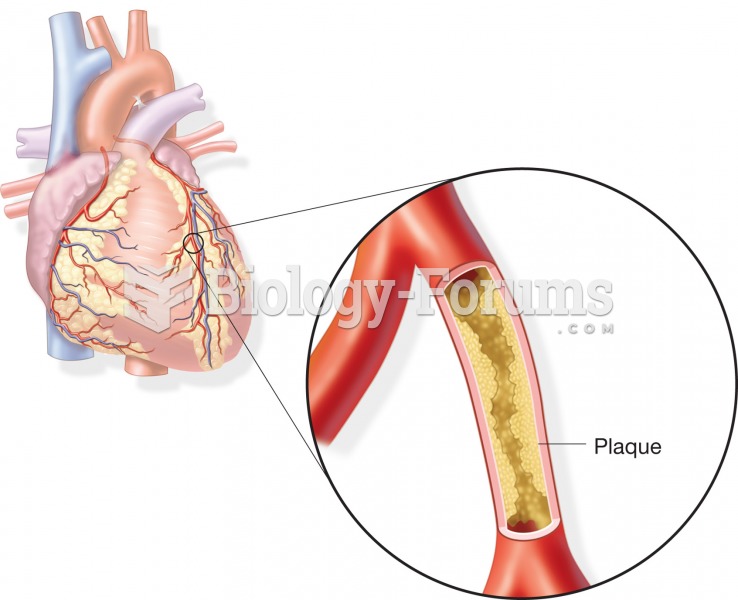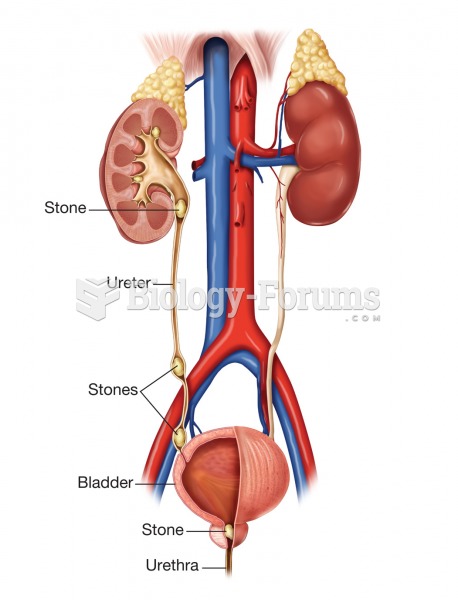Answer to Question 1
Correct Answer: 1
Rationale 1: Angina is characterized by chest pain on physical exertion or emotional stress.
Rationale 2: Slow heart rate and difficulty standing is incorrect because angina is characterized by chest pain on physical exertion or emotional stress.
Rationale 3: Crushing chest pain that radiates to the jaw and left arm is incorrect because angina is characterized by chest pain on physical exertion or emotional stress.
Rationale 4: Sudden weakness with severe headache is incorrect because angina is characterized by chest pain on physical exertion or emotional stress.
Global Rationale: Angina is characterized by chest pain on physical exertion or emotional stress. Slow heart rate and difficulty standing is incorrect because angina is characterized by chest pain on physical exertion or emotional stress. Crushing chest pain that radiates to the jaw and left arm is incorrect because angina is characterized by chest pain on physical exertion or emotional stress. Sudden weakness with severe headache is incorrect because angina is characterized by chest pain on physical exertion or emotional stress.
Answer to Question 2
Correct Answer: 2, 3, 4
Rationale 1: Arthritis does not cause chest pain.
Rationale 2: Peptic ulcer disease can cause chest pain.
Rationale 3: Myocardial infarction can cause chest pain.
Rationale 4: Gastric reflux can cause chest pain.
Rationale 5: Pelvic inflammatory disease does not cause chest pain.
Global Rationale: Peptic ulcer disease, myocardial infarction, and gastric reflect can cause chest pain. Arthritis does not cause chest pain. Pelvic inflammatory disease does not cause pelvic inflammatory disease.







